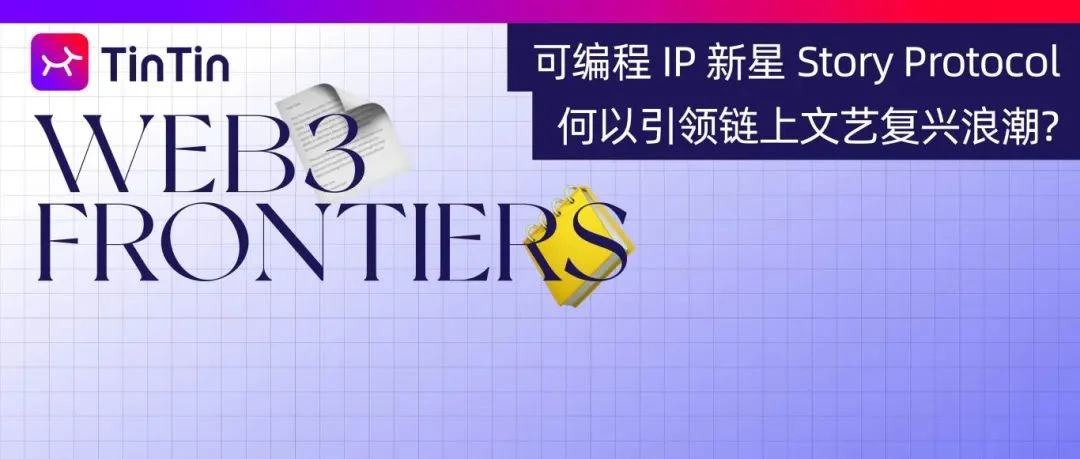
Currently, as the Web3 industry enters a new stage of development, the integration with generative artificial intelligence (AIGC) technology is creating potential new star projects. In the current Internet ecology, any ordinary citizen has the right to create high-quality music, art, prose and video content, bringing a new wave of user-generated content (UGC). Although decentralized distributed systems and artificial intelligence tools are still working hard to protect and develop creators works, intellectual property disputes are endless.
Contrary to the rapid development of the Internet, intellectual property rights are still stuck in the isolated, opaque and static state of the Middle Ages. Although the application of blockchain technology makes it easier to confirm, trade and trace copyright disputes with transparency, traceability and immutability, many creators are still troubled by problems such as slow confirmation and protection of rights, copyright fragmentation and unfair distribution of benefits. For example, JK Rowling is the author of the Harry Potter novels, but the copyrights of her series of translated works, adapted film and television works, etc. are in the hands of major entertainment companies or publishing houses, and Rowling often encounters copyright infringement.
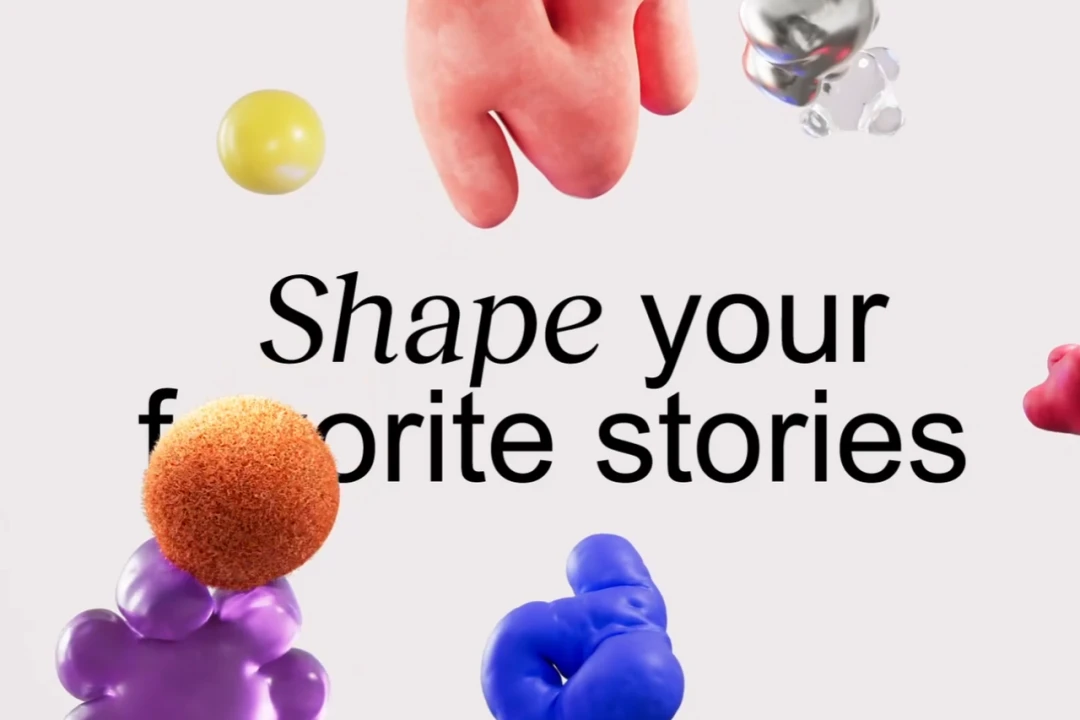
In this industry context, Story Protocol is building a programmable IP layer that allows IP to be combined, remixed, and monetized through on-chain rules set by its creators. This approach dismantles restrictions and protection mechanisms to meet Storys requirements for scalability and promotes the growth and development of IP to lead the wave of on-chain Renaissance.
So how did Story Protocol initially discover the technical link of the programmable IP layer? What are the technical highlights behind Story Protocol that are worth paying attention to? How will it optimize product experience and functional modules in the future to unleash the vitality and imagination of creators?
This article will give you an in-depth insight into the new narrative of Story Protocol technology!
Approaching Story Protocol: Programmable IP Layer
The free and convenient creative environment of the Internet has brought about the flooding of IP production. Digital IP urgently needs to find a new intellectual property infrastructure in an era of low copying costs, so that creators can capture more inspiration and value. Story Protocol is the real antidote to this problem. Based on the blockchains innovative intellectual property (IP) protocol, Story Protocol provides a global and scalable intellectual property asset library that enables creators to take advantage of a decentralized ecosystem, allowing them to protect, monetize and collaborate on their creative works with unparalleled transparency.
Traditional limitations of on-chain IP
Before Story Protocol, NFTs were mostly just static JPEG files, and any licensing terms needed to be created and operated individually on the blockchain. For example, the collaboration between Pudgy Penguins and Walmart involved a lengthy process of negotiating licensing terms for intellectual property (IP) with each holder separately.
With the advent of Story Protocol, it is now possible to embed IP in NFTs and set corresponding licensing terms, allowing anyone to create derivative works based on these terms without further authorization.
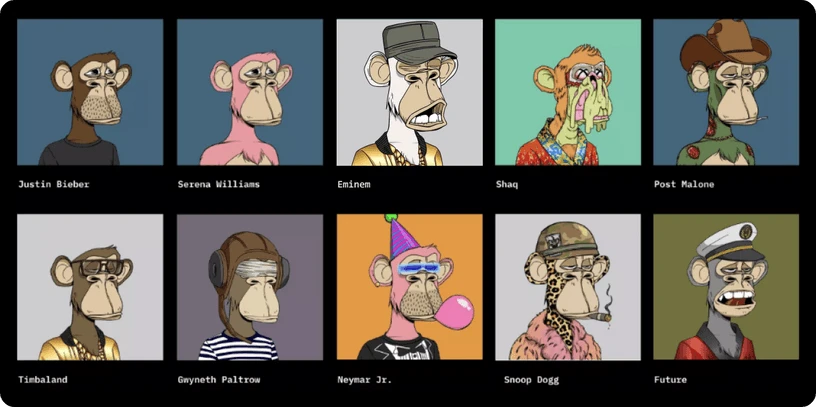
In addition, the traditional IP framework often encounters difficulties in the authorization and confirmation process. From evaluation and negotiation to contract signing, each link involves many commercial and legal issues, which brings high costs to enterprises and creators. However, now with a programmable IP layer, creators can customize copyrights directly on the blockchain and seamlessly expand their works through IP portfolios. This method is simple and easy to record, subverting the traditional way of IP operation.
From Programmable Currency to Programmable IP
When talking about the origin of programmable IP, we have to start with programmable currency. The first wave of cryptocurrency revolved around programmable currency, creating new currency legos through self-executing rules, and services can be built on top of the rules. Anyone can add APIs on top of fungible currencies, allowing programs to expand currency functions through interface interactions. This is the first time that users have created infinitely changing financial services and an open programmable economy that is only constrained by software. Today, billions of programmable dollars are traded on such protocols every day, powering parallel financial systems with great network effects.
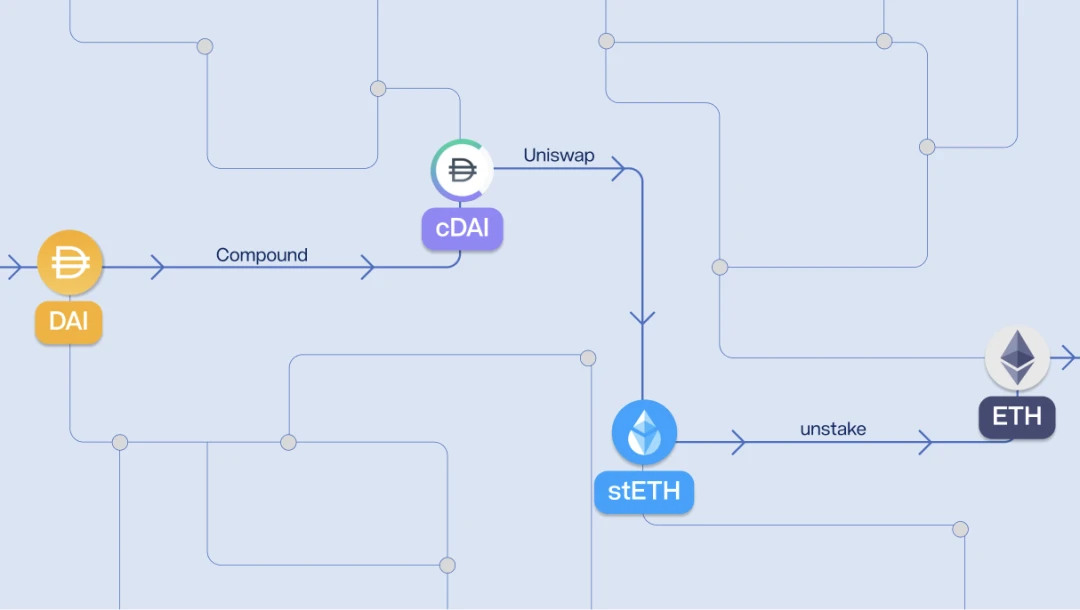
However, programmable money can’t buy everything. The first wave of the crypto economy has only scratched the surface of programmable assets, but it still plagues creators’ content production process. Just as banks once served as dull rent-seeking intermediaries, IP licensing requires entire teams of lawyers and reams of paperwork, and existing IP registries are localized and opaque, so programmable IP has emerged with the original intention that every major technology paradigm can only gain mainstream adoption if it is integrated into creative content.
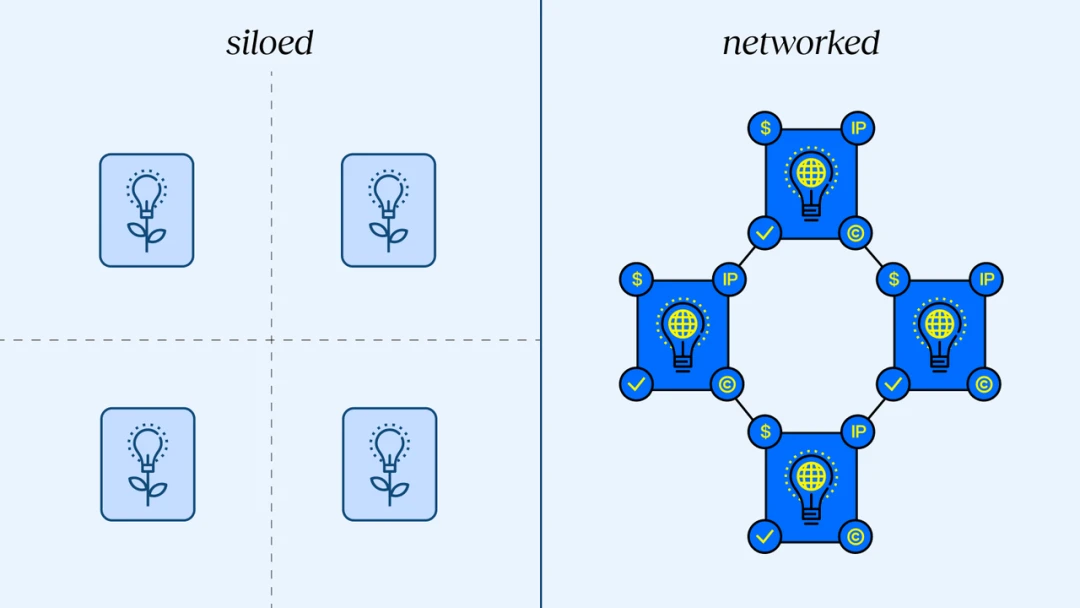
Programmable IP means giving creative assets built-in APIs for on-chain rights enforcement, mixing, and on-chain monetization. By programming the rules of engagement on the chain, any application or program can remix programmable IP while allowing creators to directly control their works. To this end, Story Protocol creatively transforms IP into a network that transcends media and platforms to unleash global creativity and liquidity. Unlike static JPEGs that lack interactivity and composability with other assets, programmable IP is dynamic and extensible. Creators and applications can register IP on Story Protocol and convert static IP into programmable IP by declaring a set of on-chain rights. Any program has the opportunity to read and write these rights.
The technical principles behind Git for IP
When we delve deeper into the concept of programmable IP, we may compare Story Protocol to Git + SourceCard in the IP field. So what exactly is Git for IP? What technical principles behind open IP infrastructure are worth examining?
In fact, creators can register their IP as IP assets on Story Protocol. IP assets (IPA) are the basic programmable IP metadata on Story Protocol. Each IP asset consists of the following two parts:
On-chain NFT: It may be an existing NFT, such as BAYC, which is an IP itself; it may also be a newly minted NFT specially used to represent certain off-chain IPs, including real-world assets.
Its associated IP account is implemented by the modified ERC-6551 protocol (token-bound account).
In order to confirm and interact with intellectual property assets within the agreement, Story Protocol mainly uses various modules, including licensing, royalty and dispute modules.
For example, owners of IP assets can set terms for their IP, such as whether derivative works are allowed to commercially use the IP (and how much it costs). Creators of IP derivative works can use the Licensing Module to mint Licensing Tokens (outlined by the terms, also represented as NFTs themselves) to seamlessly expand their works, use the Royalty Module to create an income economic stream from derivative works, or use the Dispute Module to raise objections.
While a series of actions occur on-chain, the terms of the IPA and the minting of license tokens are enforced by an off-chain legal contract called the Programmable IP License (PIL💊 https://docs.storyprotocol.xyz/docs/programmable-ip-license-pil), which outlines the legal path for creators to remix, monetize, and create IP derivatives. The above-mentioned IP assets and modules can automate the execution of these terms, creating a connection between the legal world (PIL) and the blockchain.

Scalable and composable flexible mechanism
Story Protocol’s programmable IP layer consists of two elements: data structures and modules. Data structures are the “nouns” of the protocol, storing relevant IP metadata in “IP legos”, and modules are “verbs” that provide diverse functions for registering IP assets on the protocol.
Story Protocol’s technical structure fully grasps the value of the core components of IP and represents the on-chain mechanism for the execution of data structures.
Enhanced readability, universal
In addition to the basic workflow, Story Protocol turns code into law through IP programmability, increases readability for IP, and changes the fragmented and opaque status of general programmable IP ledgers, static IP rights, and ownership status. At the same time, Story Protocol is setting a simple, composable, and fully on-chain standard for IP information and rights, and is committed to bringing global IPs together on-chain to enhance the universality and adaptability of IP ledgers. Developers and creators can explore, remix, and profit from creative works through simple API calls, eliminating unnecessary intermediary behavior.
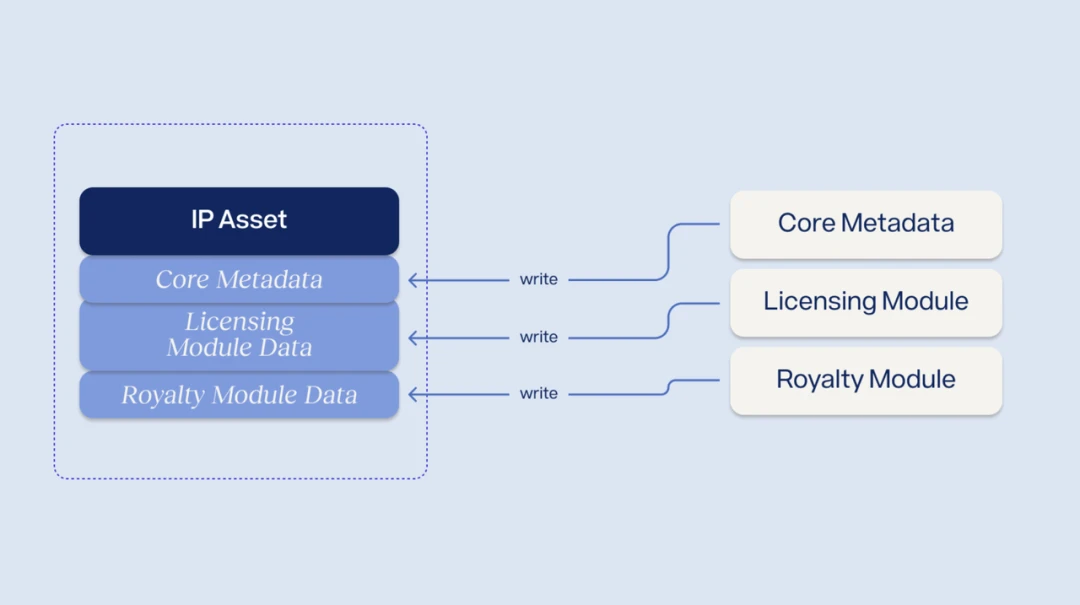
Obtain liquidity and complete incubation
In fact, completing a universal programmable IP ledger is just the first step. Story Protocol allows creators to attach on-chain, legally binding, and self-executing rights to their IP, which means that anyone in the world can access and authorize the use of global IP. Creators can choose from a set of parameters (or preset a simple style), which is reflected in the legal text and enforced through on-chain terms. Generate IP liquidity by eliminating all remix friction.
Imagine a comic book application built on programmable IP that allows users to create and register unique narrative elements — characters, scenes, and plots — directly on the protocol. Once registered, these narrative elements can transcend their original application boundaries and become portable, composable assets in the ecosystem. For example, a character in a comic book application can be expanded into an autonomous chatbot on a Character.AI style platform.
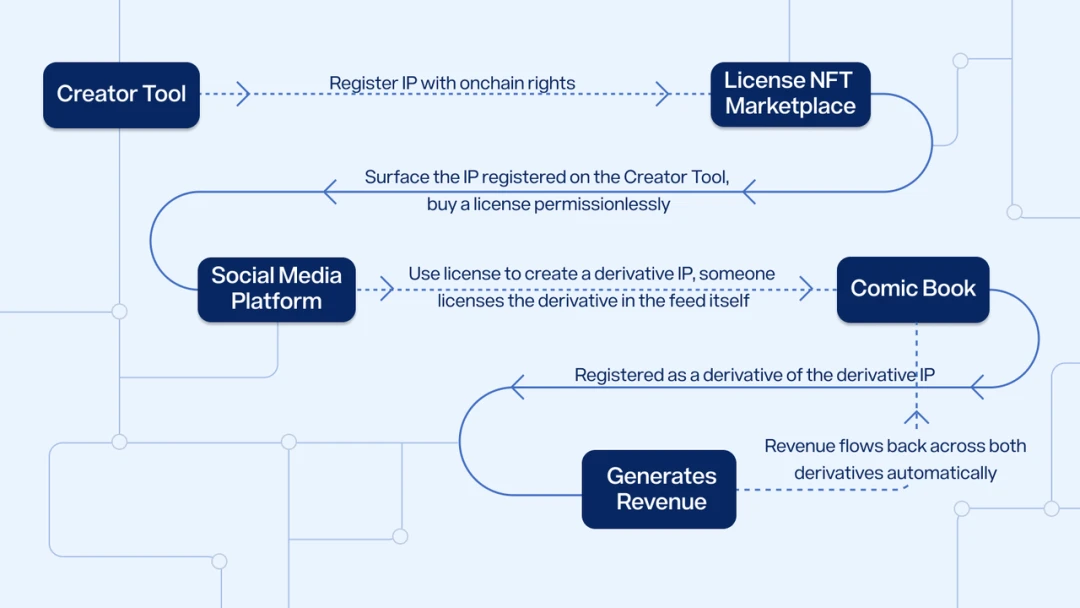 This fluidity and interoperability not only enriches the user experience, but also promotes a virtuous cycle in the creative ecosystem and amplifies the application value of the IP itself.
This fluidity and interoperability not only enriches the user experience, but also promotes a virtuous cycle in the creative ecosystem and amplifies the application value of the IP itself.
If DeFi promotes financial liquidity, Story Protocol fosters IP liquidity. They always have access to all programmable IPs registered on the protocol, and these IPs are easily portable and scalable, and can also incubate and transform more innovative projects in the future.
Story Protocol is on the road with developers and users
No matter what your art form, a passionate fan community is at the center of these IPs. With the original intention of developing IP into a platform with network effects, Story Protocol hopes to create an ecosystem that allows users to own their own IP, complete various project expansions and content creation, and allow creativity and imagination to spark new sparks with various projects on the chain.
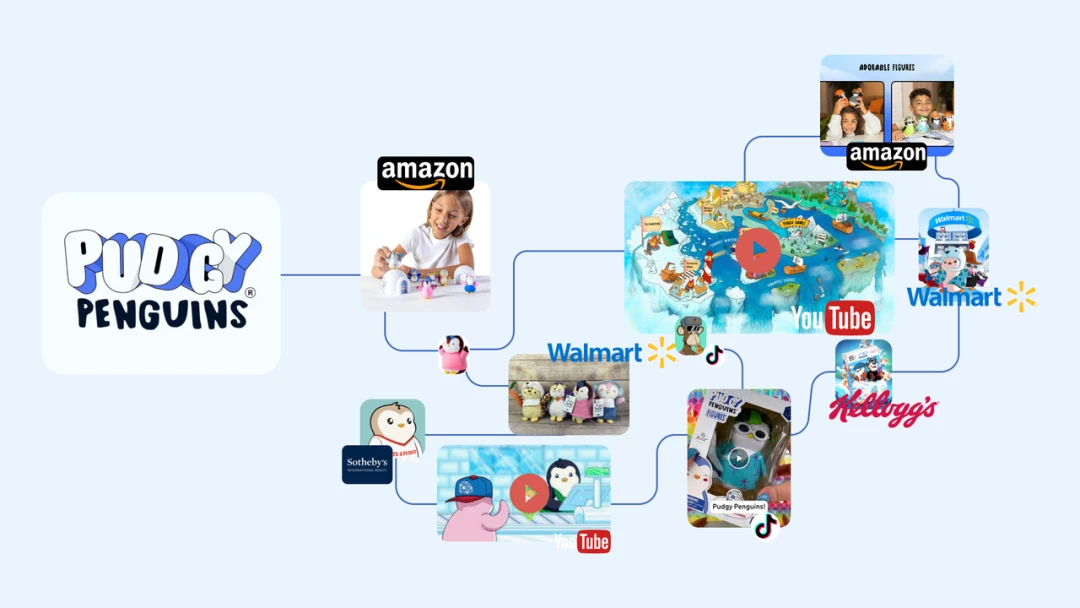 To achieve this vision, Story Protocol supports the construction of a rich third-party developer ecosystem, providing complementary tools and services including crowdfunding, capital accumulation, IP mining, licensing modules, identity verification, and community development. These tools and services will enable creators to unleash more creative vitality and imagination, and tap into the global creative talent pool to gain control of IP.
To achieve this vision, Story Protocol supports the construction of a rich third-party developer ecosystem, providing complementary tools and services including crowdfunding, capital accumulation, IP mining, licensing modules, identity verification, and community development. These tools and services will enable creators to unleash more creative vitality and imagination, and tap into the global creative talent pool to gain control of IP.
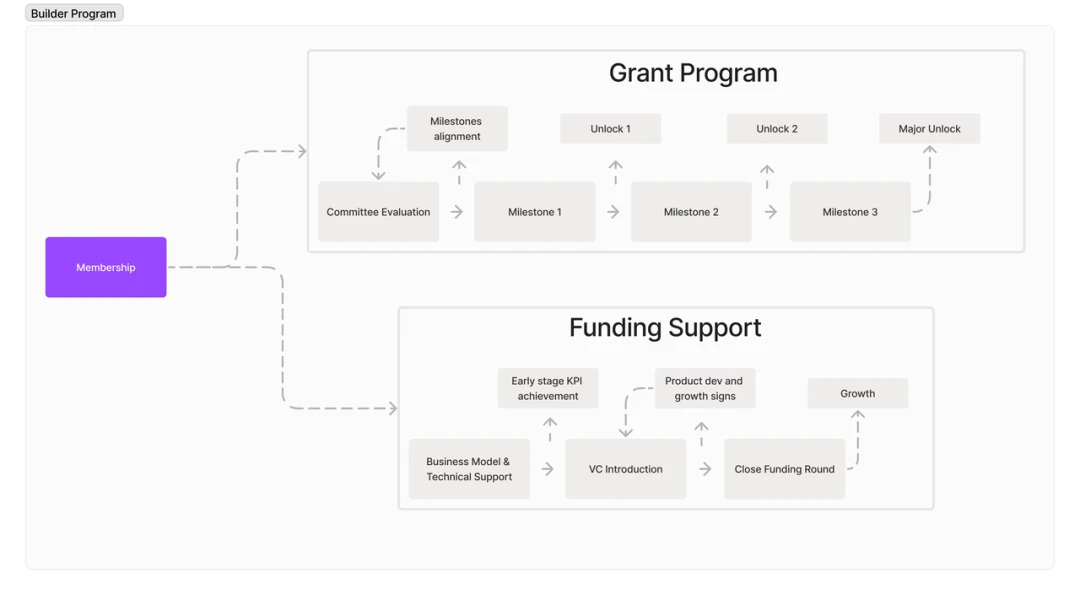
Not long ago, Story Protocol announced the Builder Program, inviting developers to complete specific mission goals and provide technical guidance and investment introductions that match the execution of each project. Developers will unlock ecosystem Grants or VC investment institutions’ resource support after achieving corresponding Milestone milestones. The Builder Program is suitable for teams or projects that plan to start exploration and deep development on Story Protocol. The grant program will also be open to all members, and corresponding distribution rewards will be issued through final market research, product marketing and other reports.
🪅 Click here to learn more about the Builder Program:
https://www.storyprotocol.xyz/builder-program
Looking forward to the new development direction of Story Protocol
For the development plan for the new year, Story Protocol is developing the v1 version of the protocol (currently still on Sepolia). After the successful release of the test version of EthDenver, more than 20% of the developers who entered the EthDenver hackathon finals built innovative projects based on Story Protocol. Then the new development protocol V1 version will become an emerging product of the integration of IP and AIGC, and will be put into market testing and operation.
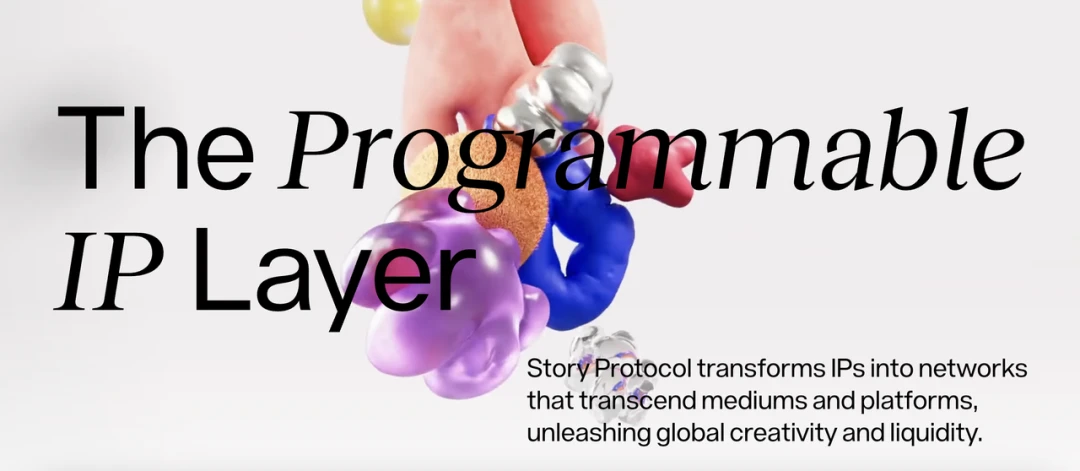 As a new development area of Web3, Story Protocol also hopes that more developers can create unprecedented new applications, new platforms, and new facilities to make the programmable IP layer operate more efficiently and smoothly. In addition, Story Protocol is also actively negotiating cooperation with leading companies and organizations related to the AI industry, hoping to bring creators more surprising ecological experiences.
As a new development area of Web3, Story Protocol also hopes that more developers can create unprecedented new applications, new platforms, and new facilities to make the programmable IP layer operate more efficiently and smoothly. In addition, Story Protocol is also actively negotiating cooperation with leading companies and organizations related to the AI industry, hoping to bring creators more surprising ecological experiences.
🏄♂️ Click here to view more details about Story Protocol:
https://www.storyprotocol.xyz/










